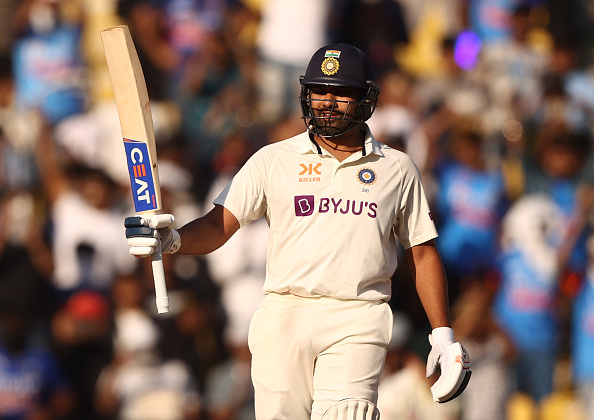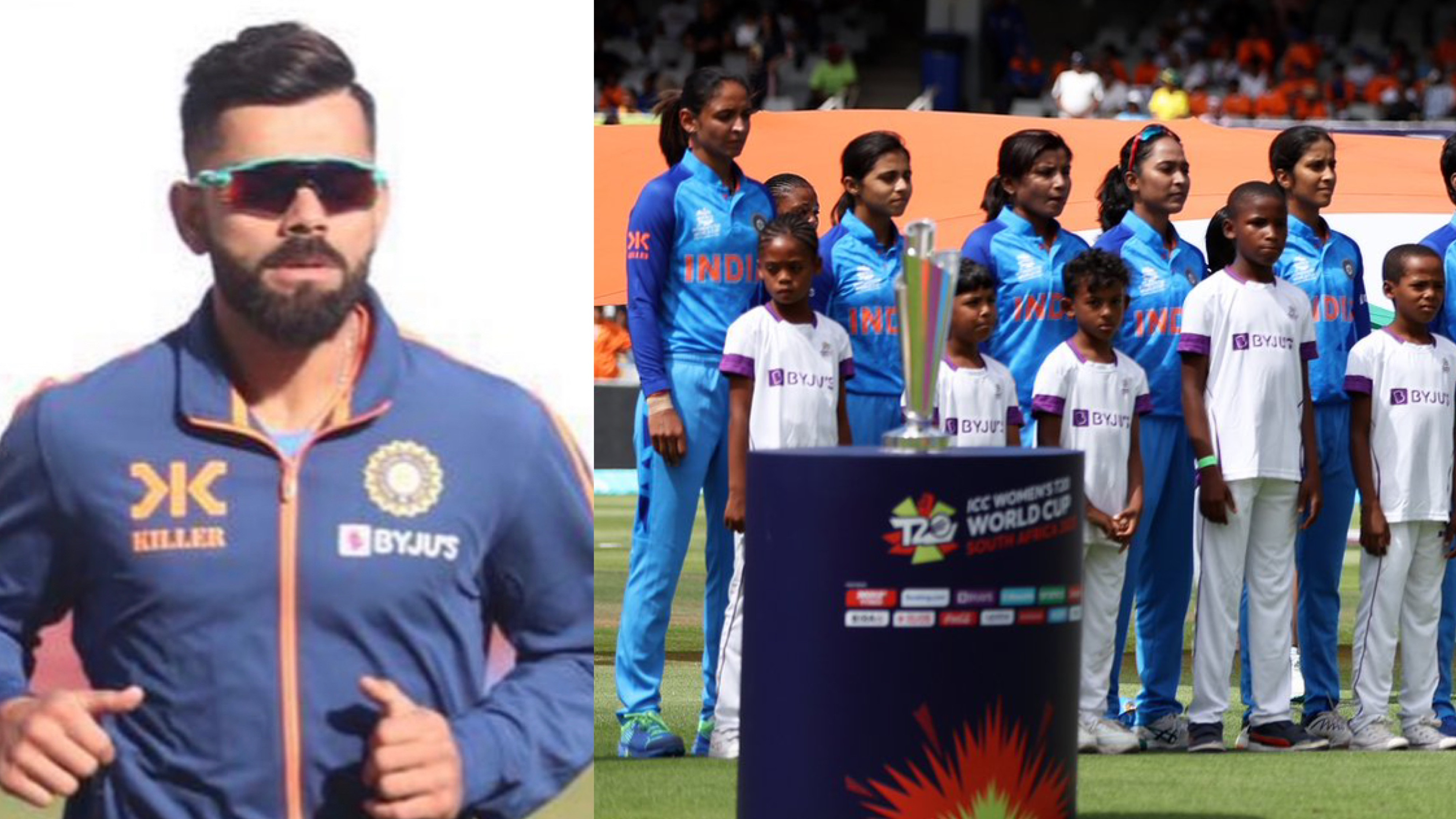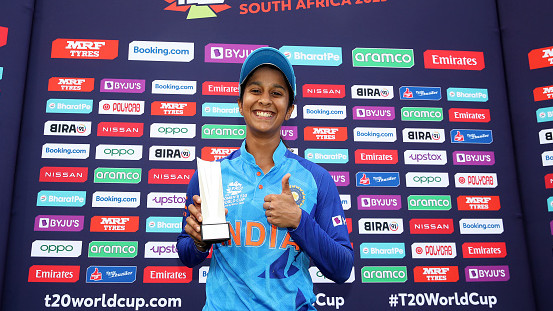 There was a lot of chatter about the Nagpur track in the build-up to the first Border-Gavaskar Trophy Test match, with the Australian media claiming that the wicket had been doctored to suit the Indian bowlers.
There was a lot of chatter about the Nagpur track in the build-up to the first Border-Gavaskar Trophy Test match, with the Australian media claiming that the wicket had been doctored to suit the Indian bowlers.
The pitch talk intensified after Australia’s first innings folded for a paltry 177 on Day 1. However, the hosts rode on skipper Rohit Sharma’s 120 to rack up a massive 400 on the same surface, putting the ‘doctored pitches’ allegations to rest.
In their second innings, the Australian batting line-up once again crumbled. The visitors were bowled out for a paltry 91 in just 32.3 overs as the Test match got over inside three days.
After the game, former cricketer-turned-commentator Sanjay Manjrekar lauded Rohit for ‘setting a template’ on how to tackle bowlers on tricky wickets like the one in Nagpur.
“One important factor was Rohit Sharma. Rohit actually set a template for batters around the world including some from his own team on how to bat on pitches like this," wrote Manjrekar in his article for Hindustan Times.
He also decoded how the Indian captain countered the Aussie bowlers while the touring batters struggled on the same track.
“Generally the first imperative for a batter when the ball is released by the bowler is estimating the length, where it’s likely to pitch with regards to where you are standing," he added.
“If it is going to be a fair distance away then you go on the back foot, which means going deep into your batting crease and giving yourself time to watch the ball and have control over its behaviour," he further wrote.
“If it’s going to pitch very close to you then you get on to the front foot and have that bat so close to the pitching of the ball that you just stub out any possible surprises the ball may have for you. This is the gospel of batting," Manjrekar continued.
Having won the opening Test by an innings and 132 runs, Team India took a 1-0 lead in the four-match Test series.
The second Test will be played in Delhi from Friday (February 17).



